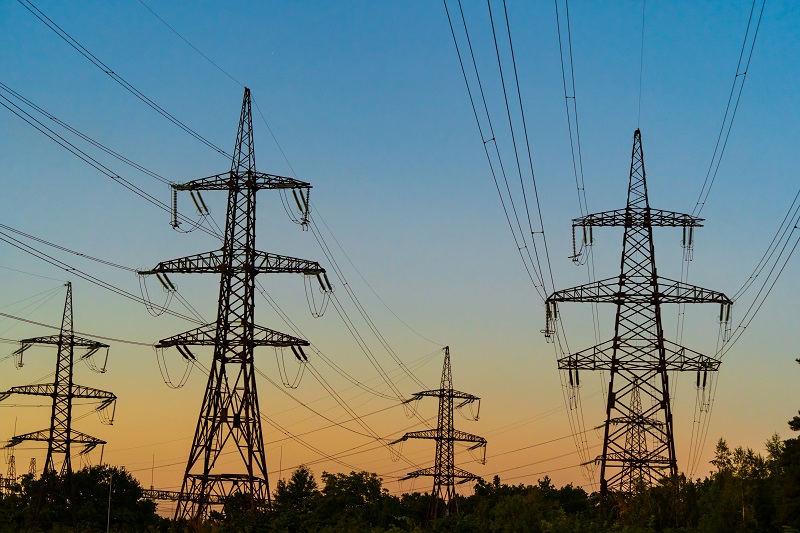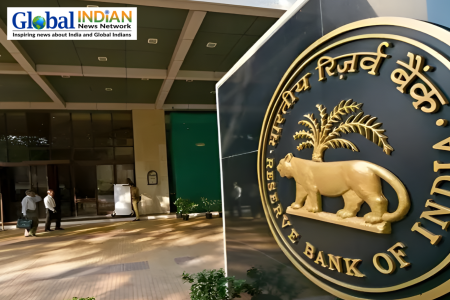
India’s power demand is projected to surge significantly, increasing by 15 GW annually over the next six years, up from the previous decade’s growth rate of 11 GW per year, as reported by Additional Secretary of Power, Mr. Srikant Nagulapalli. At an Industry Conclave hosted by IEEMA, Nagulapalli highlighted that by 2030, the country is expected to add 85 GW during solar hours and over 90 GW to peak demand during non-solar hours. This surge necessitates a major expansion in coal, solar, wind, storage, and transmission capacities, with long-duration storage batteries alone expected to contribute about 40 GW by 2030.
The Ministry of Power aims to achieve 500 GW from non-fossil fuel sources by 2030, with over 200 GW already in place and an additional 300 GW anticipated, largely from solar and wind energy. Key initiatives include developing renewable energy zones in Rajasthan and Gujarat, as well as offshore wind farms near Gujarat and Tamil Nadu. The government is also advancing green hydrogen projects, particularly in coastal regions, and preparing for rising energy needs driven by electric vehicles and data centers. India’s grid, capable of transferring 170 GW of power nationwide, will support this expansion, even to the most remote areas. Furthermore, the government plans to implement 40 GW of battery energy storage systems (BESS) and 19 GW of pumped hydro storage projects (PSPs) within the next six years, supported by comprehensive policy frameworks for capacity growth.













